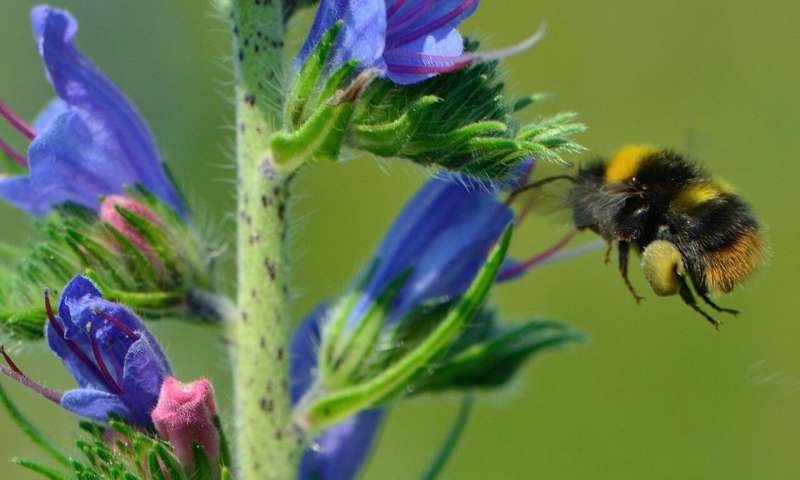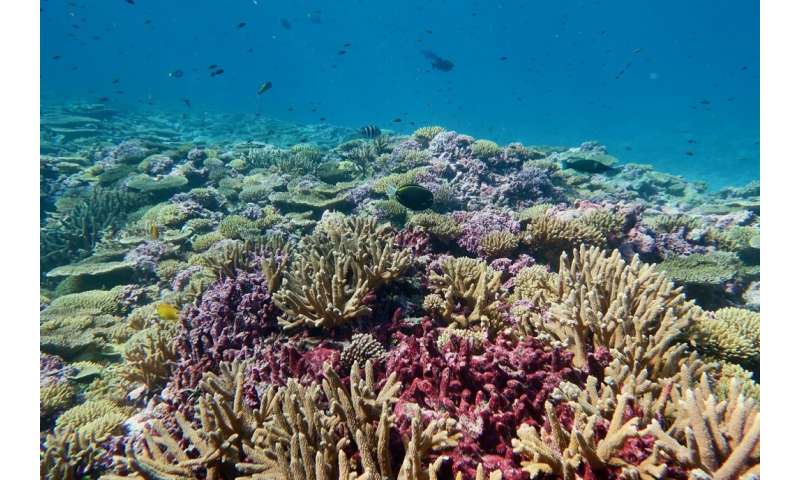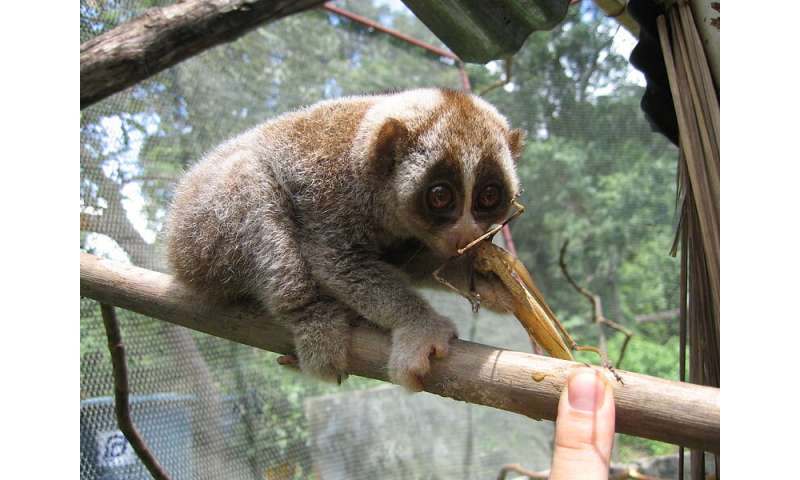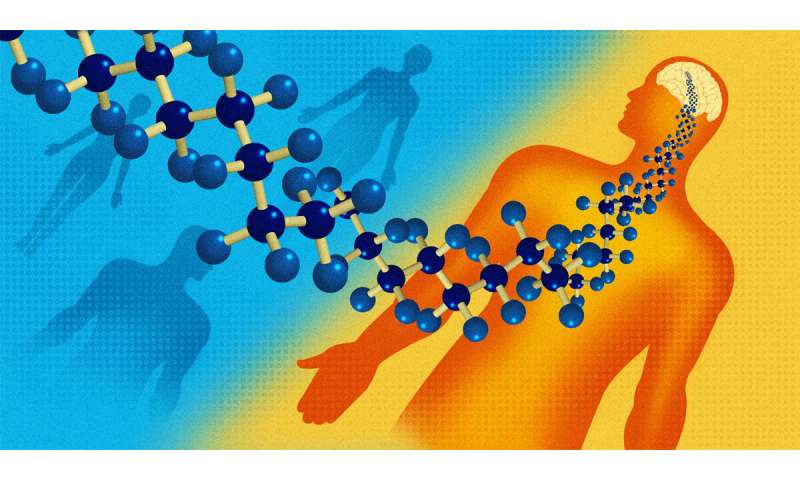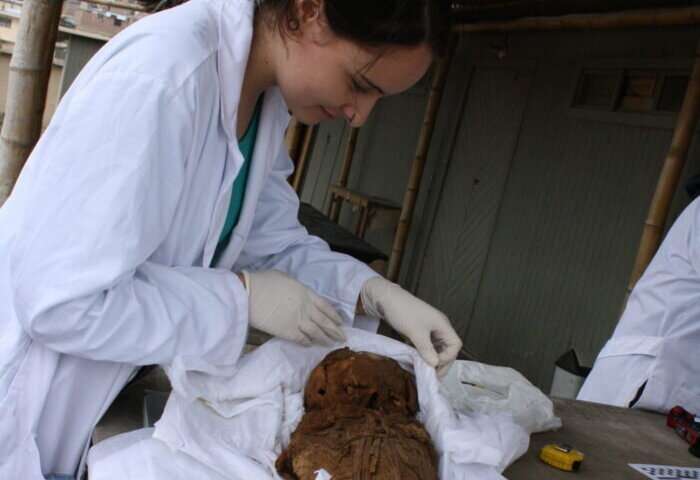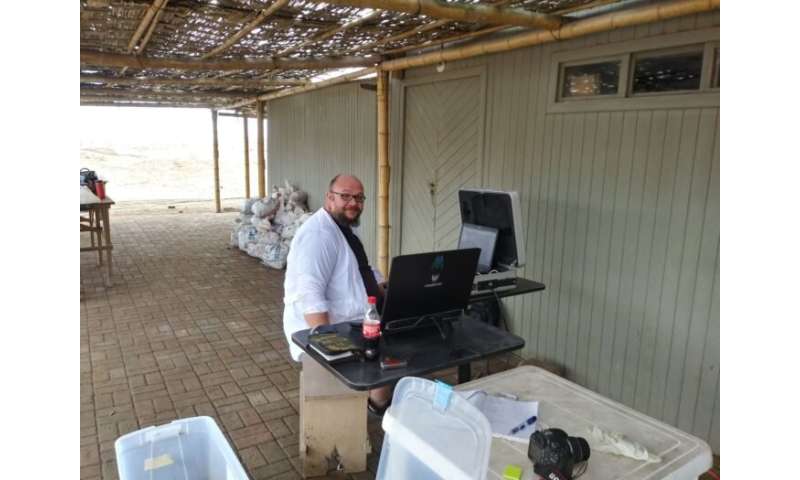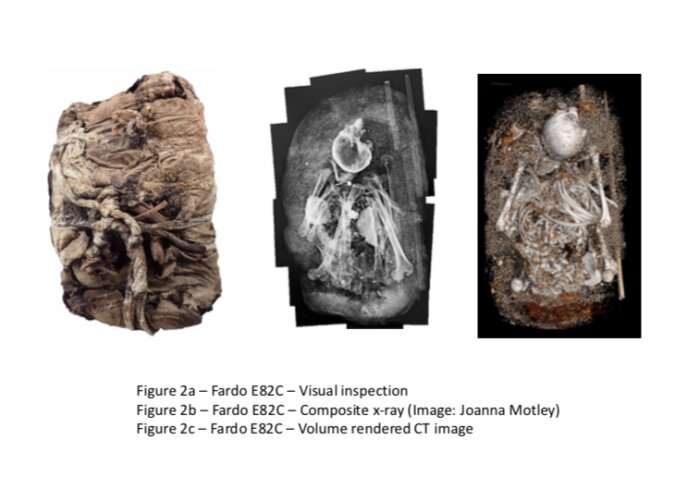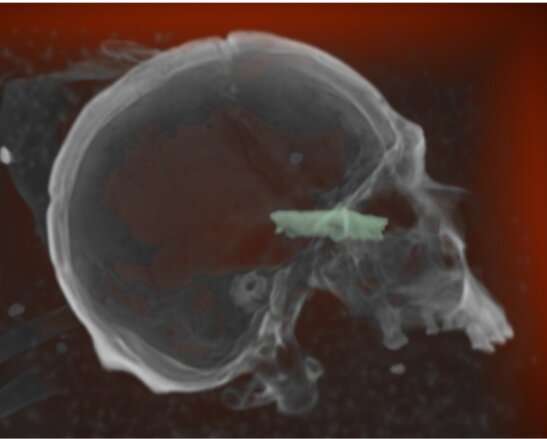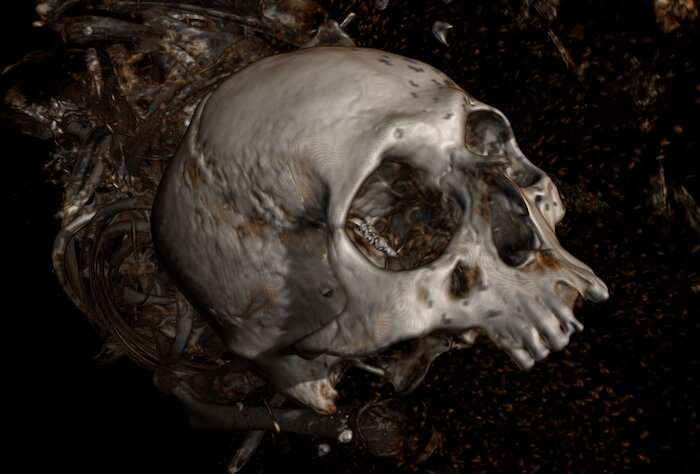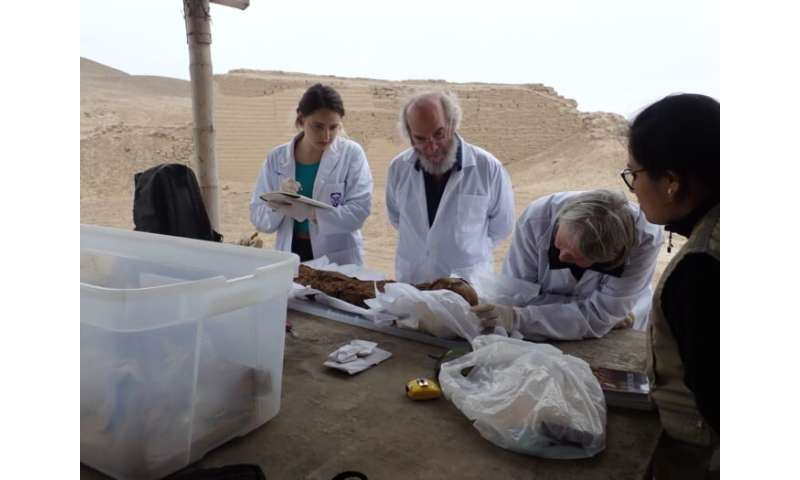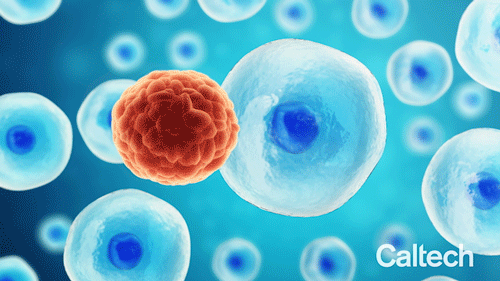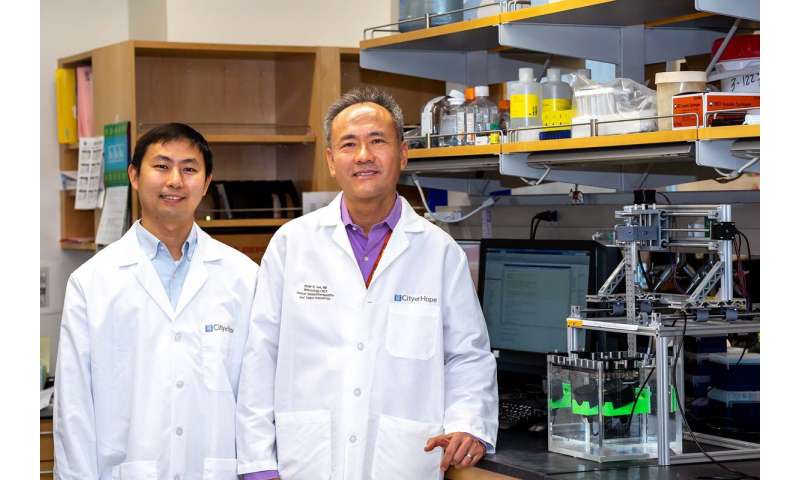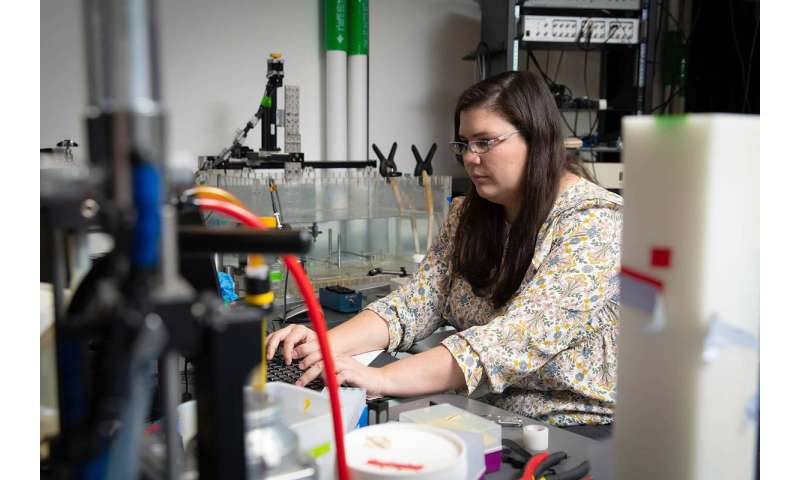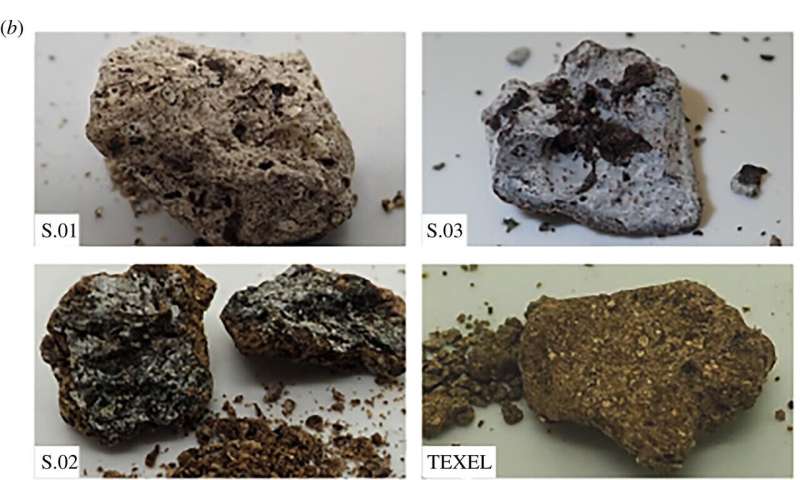Shelter, safest air intake locations during urban pollution events identified
Roofs and the downwind sides of buildings in street canyons have the lowest levels of particulate matter during a single-source pollution event, according to Penn State researchers. The findings have implications for improving evacuation plans during a pollution release as well as for informing ventilation system design of urban buildings.
"Previous research has focused on ambient pollution created by traffic," said Jeremy Gernand, assistant professor of industrial health and safety. "We decided to investigate sources of pollution from a point source of particulate matter, such as a chemical spill or an accidental release from a factory."
The researchers investigated a pollutant release scenario to evaluate the safest locations for evacuation and for building design elements such as air intakes. This marks the first study investigating an emission event from a single source near a street canyon.
Monitoring air quality in urban areas can be very important due to high population density and levels of particulates. Street canyons, or places where the street is bounded on both sides by buildings, are important locations for studying air pollution because they are prevalent in urban areas.
Particulates, often referred to as aerosols, are fine solids or liquid droplets suspended in gas. High concentrations in the atmosphere can contribute to mortality rates, because exposure to these particles can exacerbate or cause adverse medical effects. Particulates are released from a variety of natural or human sources, such as cars, construction sites and dust storms.
Researchers in Penn State's Mining Ventilation Laboratory created a 3-D miniature street canyon in a wind tunnel using foam blocks to simulate buildings . Four foam blocks were placed in a two-by-two array, separated by gaps that served as streets.
To ensure the airflow within the wind tunnel matched realistic conditions in an urban area, researchers had to make adjustments. Typically, air in a wind tunnel exhibits laminar flow, meaning it flows smoothly in parallel layers with no eddies or crosscurrents that disrupt the direction of flow. This type of flow can be ideal for testing mechanisms such as airplane wings in simulated high-altitude air.
At lower elevations, however, air behaves very differently. Near the ground, smaller structures like houses and trees and larger buildings, such as skyscrapers, interrupt the smooth flow of air and cause it to become turbulent, or irregular and agitated.
The researchers used low-cost materials like Legos and cardboard spires to create turbulent airflow in a wind tunnel filled with laminar-flowing air.
To simulate a single particulate emission source, researchers used water generated from an ultrasonic humidifier. Because environmental particulates are frequently coated in water, the collisions between water droplets in a wind tunnel experiment and collisions between water-coated particulates outside can be very similar, Gernand said.
To find the areas in the street canyon where particulate levels reached their minimum and maximum concentrations, researchers used the data from the wind-tunnel experiment to create a computer model of the scenario. Computer simulations showed the lowest particulate concentrations were located at the roof and on downwind building facades. At breathing level, the lowest concentrations were found on the leeward—protected—side of the array's transverse channel, the street running perpendicular to the direction of airflow.
The findings have implications for improving evacuation plans and for informing ventilation system design. In the event of a pollution release emergency from a central source, pedestrians should be evacuated to the leeward side of the transverse channel. For installation of new air intakes, portions of roofs furthest away from inner channels, or roads, of street canyons serve as the safest location, the researchers said.
The researchers reported their findings in the journal Air Quality, Atmosphere and Health.
However, given the variety of possible scenarios, these findings represent only a general guideline and will benefit from further investigation, said Gernand. Building upon the cost-effective modeling approach used in this study, future research will consider additional possibilities with the goal of providing more comprehensive safety recommendations.
More information: Mengfan Li et al, Identifying shelter locations and building air intake risk from release of particulate matter in a three-dimensional street canyon via wind tunnel and CFD simulation, Air Quality, Atmosphere & Health (2019). DOI: 10.1007/s11869-019-00753-1


